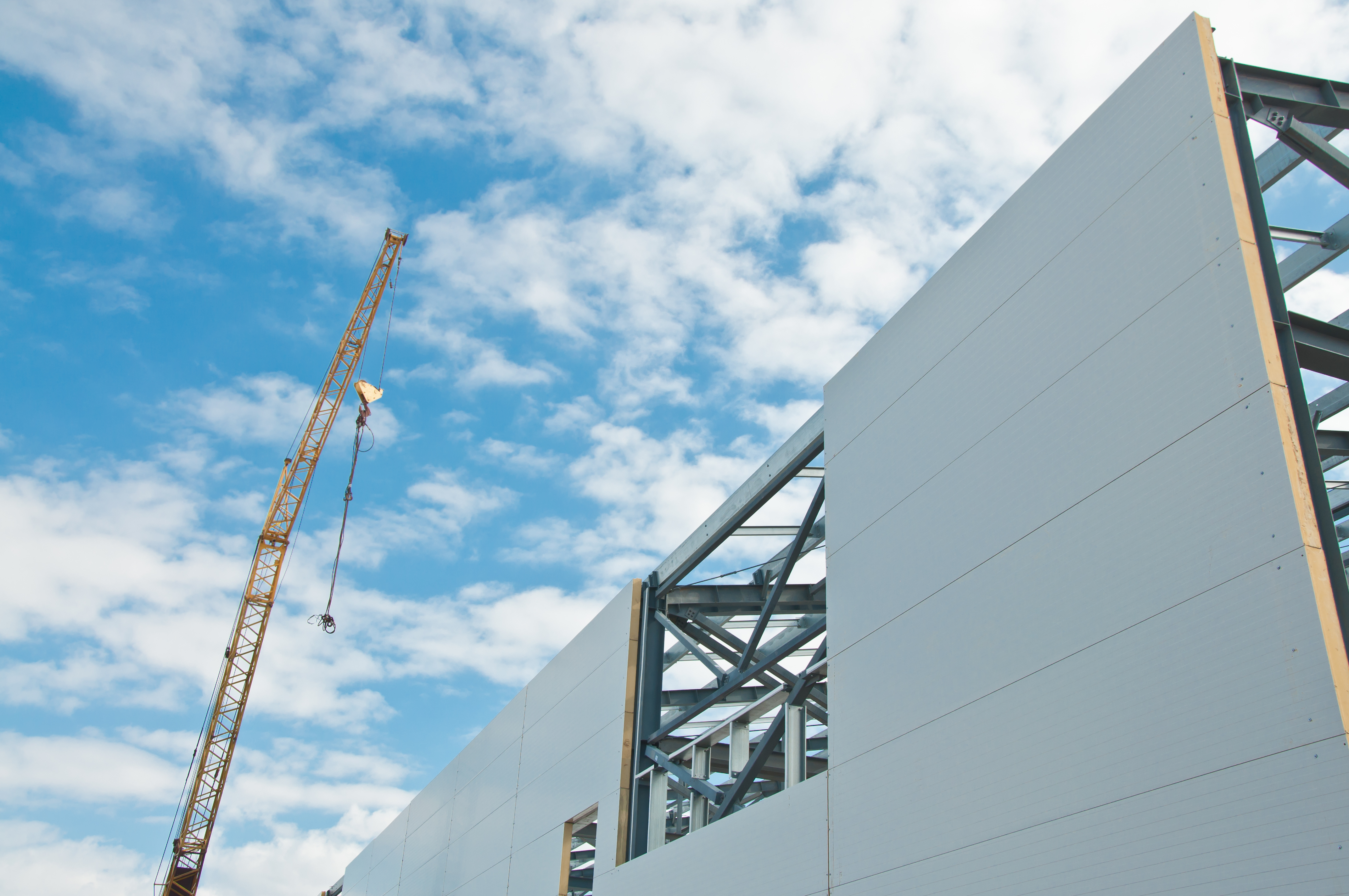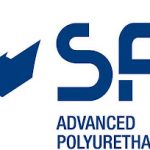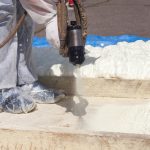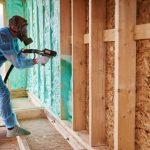Just About Every Industry Needs High Strength Foam
High strength foam is a core component of numerous industries throughout the world, and for good reason. This type of polyurethane foam is extremely rigid and capable of withstanding abuse in many forms. These include extreme and often rapid temperature variations, sudden impacts and long-term wear, and moisture.
The aerospace industry, in particular, utilizes high strength foam in numerous components of aircraft. As construction and maintenance costs continue to increase for the aerospace industry, it has become necessary for companies producing aircraft to consider alternate materials that reduce weight, increase performance, and reduce cost. High strength polyurethane can be used for sound absorption, protection from temperature variations, and even as coatings to protect the surface of aircraft from deterioration.
Similarly to aerospace, high strength foam is a key component of numerous military applications ranging from impact-resistant protective equipment for soldiers to insulation and sound absorbency in naval vessels like aircraft carriers. Additionally, high strength foam helps to protect against extreme temperature fluctuations — whether it be freezing air at cruising altitude or the high heat of desert environments.
Beyond large-scale military and transportation aircraft, high strength foam plays a meaningful role in our homes and communities. Builders often use polyurethane foam as a high-performing insulator, sound barrier, and even structural support material in homes and other structures. The density, resiliency, and composition of high strength foam is used to fill voids, between studs, under roofing, and more to improve structural durability, longevity, and interior quality.
But how does a polyurethane foam become a high strength foam? The combination of polyols and isocyanates themselves does indeed produce a foam or coating, but how can you enhance the material to achieve the properties you’re looking for? It starts with gas nucleation (a.k.a. gas infusion) — a key step in the overall production process.
How Nucleation Results in High Strength Foam
Lightness
One of the key gas nucleation processes involves carbon dioxide (CO2), which is dissolved homogeneously into the polyol component of your polyurethane mixture. While a primary focus of doing this is to achieve chemical cost savings, it also produces high strength foam with the added benefit of extreme lightness. For industries producing products where weight is a concern, CO2 nucleation is a clear advantage that can’t be passed up.
The CO2 dissolution into the mixture improves overall cell structure, creating a more consistent material blend that is light throughout. And because cell structure is improved, sound absorption properties are also enhanced. It’s because of this that industries where high strength foam is needed for more than its strength alone use polyurethane to maximize the benefits without needing to invest in other materials. A great example is one already mentioned: naval applications. High strength foam is used for ship buoyancy but has the side benefit of reducing noise, which can be extreme within a ship’s interior.
Mixing Quality
Every industry relying on polyurethane and high strength foam is concerned with the quality of their mixture. Only with a well-blended, consistent, and defect-proof mixture can the qualities companies need in their products or applications be achieved. One way to achieve those results is through dry air or dinitrogen (N2) infusion. This type of gas infusion helps to eliminate voids, improve wet-ability, and improve overall mixing quality. The result is a material that is more uniform, evenly dispersed, and free from streaks.
A great example of this for high strength foam is in construction. When a builder is dispersing the foam — say between two studs in a new construction — the last thing he or she wants to see is the material basically running down the backing and failing to retain its structure. A running mixture would create a significant mess in no time; that, and the inability of the mixture to remain uniform would result in air pockets forming internally, reducing its durability. Dry air and N2 infusion helps to eliminate this risk.
Geometry
CO2 and N2 are both ideal solutions for improving the characteristics of high strength foam, but another key consideration is overall geometry. Cell geometry is important for producing products that maintain the characteristics you set out to establish. For example, many industries use polyurethane foam for cushioning purposes — whether in protective gear or in seat cushions. Cell geometry ensures uniformity throughout the material. Poor geometry would result in voids, the inability of the material to remain consistent once dispersed into a mold or onto a surface, and so on.
Naturally, the failure of a material to produce a complex, reliable geometry results in a damaged product that will be scrapped, thereby increasing costs and extending production time for your company. With proper CO2 and/or N2 infusion throughout the material during the production process, companies can ensure that their polyurethane application will achieve the results they want while reducing the likelihood of material failure.
Where to Get High Strength Foam Infusion Equipment
As a leading provider of polyurethane processing equipment for industries around the world, Linden Polyurethane is pleased to offer two gas infusion devices for CO2 and N2 infusion. These blending units are custom-engineering to meet the exact specifications companies need for successful, reliable products or dispersing applications.
Each machine can be further integrated into your production cell as needed to ensure your overall process continues to flow efficiently. And should you ever need it, Linden offers a best-in-class warranty and repair program with rapid turn-times and unmatched service.
If you’re ready to take your polyurethane processing to the next level and achieve the high strength foam properties you’ve been looking for, get in touch with our team today to learn how we can custom-engineer a solution specific to your needs.





